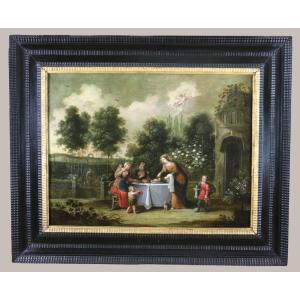Oil on copper mounted on a frame of 79 cm by 60 cm
Old period frame of 102.5 cm by 84cm
Our painting is a scene from the life of Saint Elizabeth, Queen of Hungary giving a meal to a peasant family. We can date this work from the production of the artist before 1645. There are smaller unsigned workshop versions with more or less variations. Our painting, clearly signed, is most certainly the original of this series.
It is said that the Queen of Hungary secretly took bread to the poor, on foot and alone, which her husband disapproved of. One day when he met her on his way, he, annoyed, asked him what she was hiding under her coat. She answered him first that they were roses, then, retracting herself, she confessed to him, in the end, that it was bread, and when her husband then ordered her to open her coat, he found nothing in it. only roses: it is the miracle of Saint Elizabeth of Hungary.
Abraham Willemsens (died in Antwerp in 1672)
Details of his early life, such as his date and place of birth, are unknown. In 1627-1628, he was registered in the Antwerp Guild of Saint Luke as a pupil of Gilliam Antonissens (also called Guillaume Anthoni), a French painter active in Antwerp. Willemsens married Maria de Lang. In 1645, he was elected dean of the Guild. It was recorded in Paris the same year. It is assumed that he operated a large workshop with a large production to supply the export market. Many of his paintings are in Spain. It was recorded in the archives of the prominent Antwerp art dealer Guillam Forchondt in 1669 and also worked for the art dealer Matthijs Musson. He was himself an art dealer. He had two apprentices, respectively in the years 1651/52 and in 1654/55. The painter was virtually unknown until the discovery in the early 1990s of a painting bearing his full signature. Since then, his work has been gradually reconstituted. Many attribution issues had to be resolved as Willemsens was not the only contemporary painter to use the AW monogram. Artists Artus Wolffort and Adriaen Willemhoudt have also signed the AW monogram. The AW monogrammist who was responsible for a number of oil on copper paintings held by the Prado Museum has now been conclusively identified as Adriaen Willemhoudt. Due to the similarity in style, there have also been errors in attributing Willemsens' work to Willem van Herp. Willemsens is recorded in Paris around 1645 and this may explain the influence of the Le Nain brothers active in Paris at this time when they were painting peasant scenes. Besides the subject matter, another reason why Willemsens' work has often been incorrectly attributed to the Le Nains is that, like the Le Nains, he usually used coarse linen as a canvas backing. In response to the contemporary demand for copies of Rubens' oil sketches, Willemsens produced a large number of copies of Rubens' work. Willemsens was together with Pieter van Lint and Willem van Herp one of the main producers of such copies for Antwerp art dealers. In addition to copies after Rubens, Willemsens painted landscapes on copper, often animated by religious or genre scenes. His figures are mainly derived from paintings by Rubens, Hendrick van Balen and Gerard Seghers. Willemsens was also inspired by Jan Brueghel the Elder, Frans Francken the Elder and as mentioned above the Le Nain brothers.
















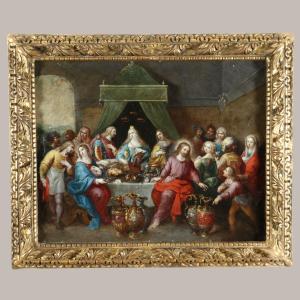
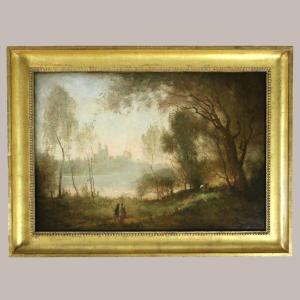
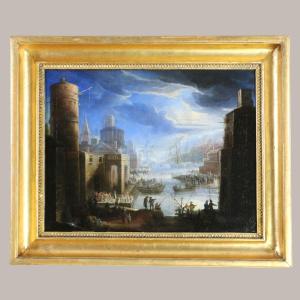

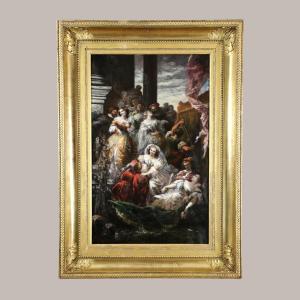




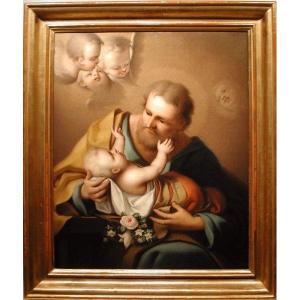




 Le Magazine de PROANTIC
Le Magazine de PROANTIC TRÉSORS Magazine
TRÉSORS Magazine Rivista Artiquariato
Rivista Artiquariato
